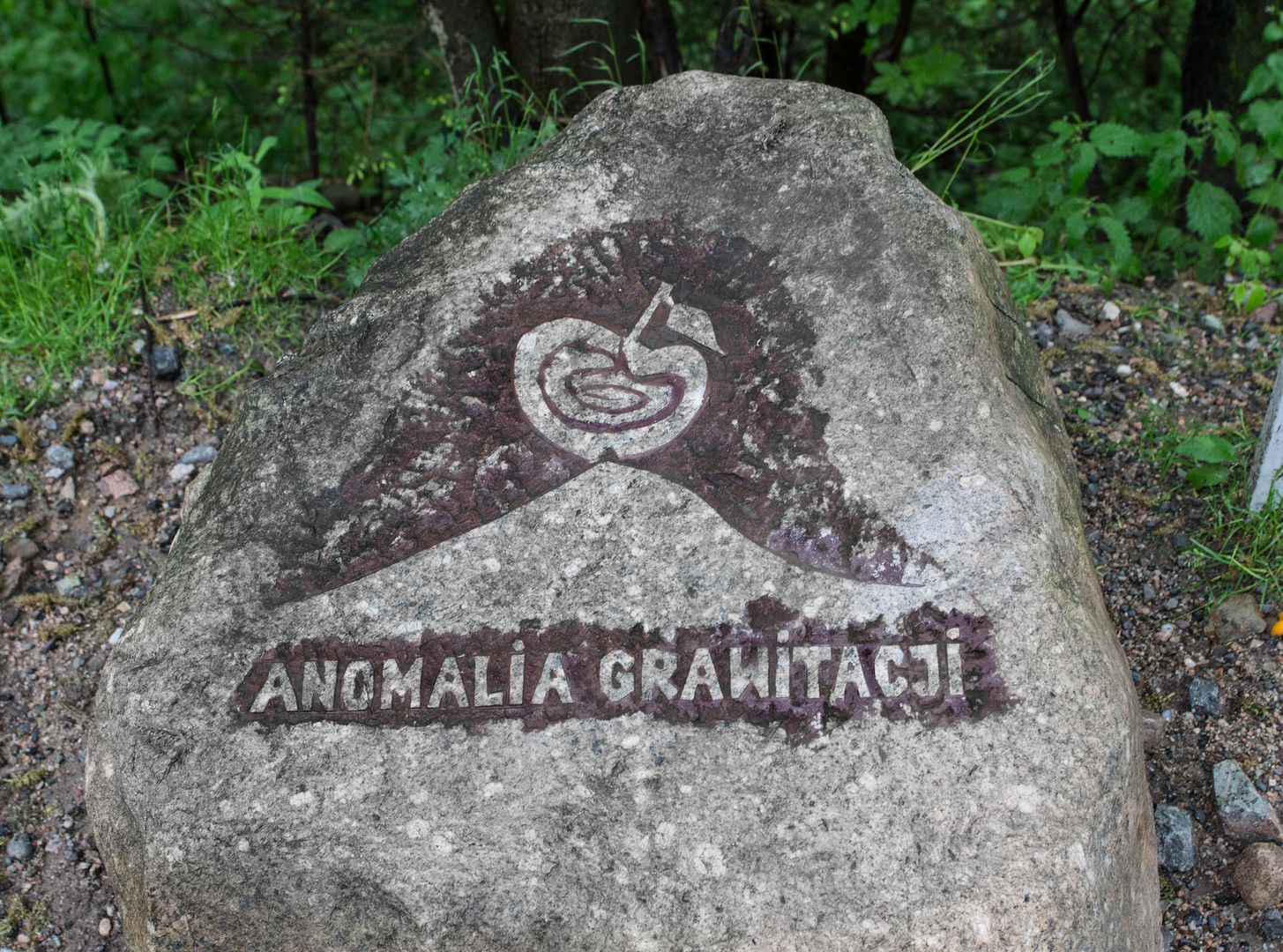Anomalia grawitacyjna w Karpaczu
6.35

W skrócie
Anomalia grawitacyjna w Karpaczu to zjawisko, które przyciąga uwagę turystów i miłośników zagadek natury. Znajdujące się w Karpaczu Górnym na ul. Strażackiej, zjawisko to objawia się pozornym samodzielnym przemieszczaniem się przedmiotów i cieczy, które wydaje się, że poruszają się pod górę, mimo że w rzeczywistości droga biegnie w dół. Zjawisko jest znane jako "magiczna górka" i jest przykładem złudzenia optycznego, które zachwyca zarówno lokalnych mieszkańców, jak i turystów. Architektonicznie Karpacz jest urokliwym miejscem, które charakteryzuje się malowniczymi widokami i typową dla regionu zabudową górską, w tym stylowymi pensjonatami i willami, które przyciągają licznych gości przez cały rok. Kulturalnie, Karpacz jest również znany z tradycyjnych festiwali i wydarzeń, które celebrują lokalne dziedzictwo, w tym muzykę, rzemiosło oraz folklor. Historia Karpacza sięga czasów średniowiecza, kiedy to tereny te były znane z górnictwa i handlu, a także rozwoju turystyki, która zyskała na znaczeniu w XIX wieku, co przyczyniło się do powstania pierwszych uzdrowisk. Ciekawostką jest, że Karpacz jest również domem dla charakterystycznej Świątyni Wang, przeniesionej z Norwegii, która jest jedną z niewielu drewnianych świątyń tego typu w Polsce i wpisuje się w bogaty kontekst kulturowy regionu. Zjawisko anomalii grawitacyjnej jest częścią lokalnego folkloru, a turystów przyciąga nie tylko zjawiskami optycznymi, ale również samą atmosferą malowniczych gór i bogatą historią tego miejsca. Karpacz pozostaje fascynującym miejscem, które łączy w sobie magię natury, architekturę, kulturę i historię, co czyni go istotnym punktem na turystycznej mapie Polski.
Mapa
Miasto
Karpacz
Gmina (III Jednostka administracyjna)
Podgórzyn
Powiat (II Jednostka administracyjna)
Powiat karkonoski
Województwo (I Jednostka administracyjna)
Województwo dolnośląskie
Państwo
Polska
Atrakcje
Powered by GetYourGuide
2025 Wizytor | Wszystkie prawa zastrzeżone